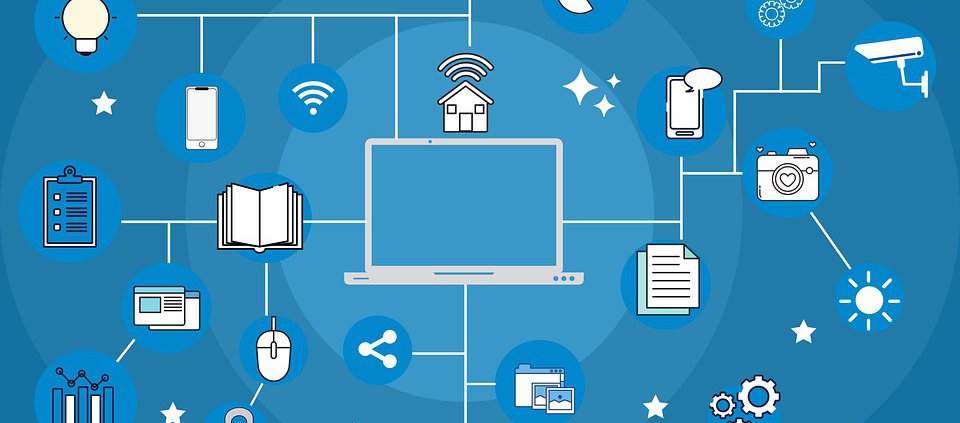Confident individuals - How The Internet and World Wide Web Works

12th May 2023
Confident individuals - How The Internet and World Wide Web Works
Browser- A browser is a program or software used to search for and present data on the Internet or an intranet. Web pages are most frequently accessed through browsers. To find a webpage you enter or click on a web-address or URL.
URL- A URL (Uniform Resource Locator) is a naming system for addressing documents available through the Internet and Intranet. It is often referred to as an internet address or web address. A computer can find and open a web page on another computer through the Internet thanks to the URL. e.g. https://mombasa.braeburn.com/. This is then sent to a DNS.
DNS- Domain Name System (DNS) is a hierarchical naming system built on a distributed database for computers, services, or any resource connected to the Internet or a private network. The DNS will return an IP address
IP address- Internet Protocol address; an IP address identifies a network or device on the internet. Most often, an IP address will give you access to a web server containing your requested web page.
Web server- a computer program that serves requested HTML web pages or files.
HTML- HyperText Markup Language (HTML) is the basic scripting language used by web browsers to render pages on the world wide web. HyperText allows a user to click a link and be redirected to a new page referenced by that link. CSS- Cascading Style Sheets, CSS is a computer language for formatting, laying out and structuring HTML web pages.
HTTP- The Hypertext Transfer Protocol is an application protocol that allows users to communicate data on the World Wide Web.
HTTPS- Hypertext Transfer Protocol Secure (HTTPS) is a protocol that secures communication and data transfer between a user's web browser and a website. HTTPS is the secure version of HTTP.
SSL- Secure Sockets Layer is referred to as SSL. Data communicated over the Internet can be authenticated, encrypted, and decrypted using a protocol for web browsers and servers.
TLS- Transport Layer Security (TLS) encrypts data sent over the Internet to ensure that hackers are unable to see what you transmit which is particularly useful for private and sensitive information such as passwords.
Certificate authority- the awarding organisation that checks if another organisation is real and secure before awarding them a digital certificate.
Cookies-A cookie is a piece of data from a website that is stored within a web browser that the website can retrieve at a later time. Cookies are used to tell the server that users have returned to a particular website.
By Alex,
Year 10 IGCSE Computer Science
Life-long learner - The History of the Internet and the World Wide Web
This term, the Year 10 students are studying “The internet and its uses” as part of our IGCSE Computer Science course. It is ever-present in our daily lives but how much do we know about its origins and how it works?
The Internet is a vast network of computers connected across the world. The world wide web is a huge online library. It is sometimes called the web. It contains millions of websites that we can access. Its purpose is to share information and promote the communication of ideas.
A Brief History of the Internet and the World Wide Web
1966: The ARPANET project
Larry Roberts of MIT is hired to manage the ARPANET project (the Advanced Research Projects Agency Network). He works with others to develop the ARPA computer network for the US Department of Defense. In the ensuing years, other sectors such as academia and finance develop their own networks and share infrastructure.
1983: The Internet
ARPANET, and all networks attached to it, officially adopts the TCP/IP networking protocol. From now on, all networks that use TCP/IP are collectively known as the Internet. The number of Internet sites and users starts to grow at a steady pace.
1991: The World Wide Web
CERN releases the World Wide Web software developed earlier by Tim Berners-Lee. Specifications for HTML (hypertext markup language), URL (uniform resource locator), and HTTP (hypertext transfer protocol) launch a new era for content distribution.
Mr. Stephen Took
Computing Dept.
Source:
http://www.greatachievements.org/?id=3736
https://www.bbc.co.uk/bitesize/topics/zs7s4wx/articles/z2nbgk7
https://www.bbc.co.uk/bitesize/topics/z3tbwmn/articles/zgwnsbk





